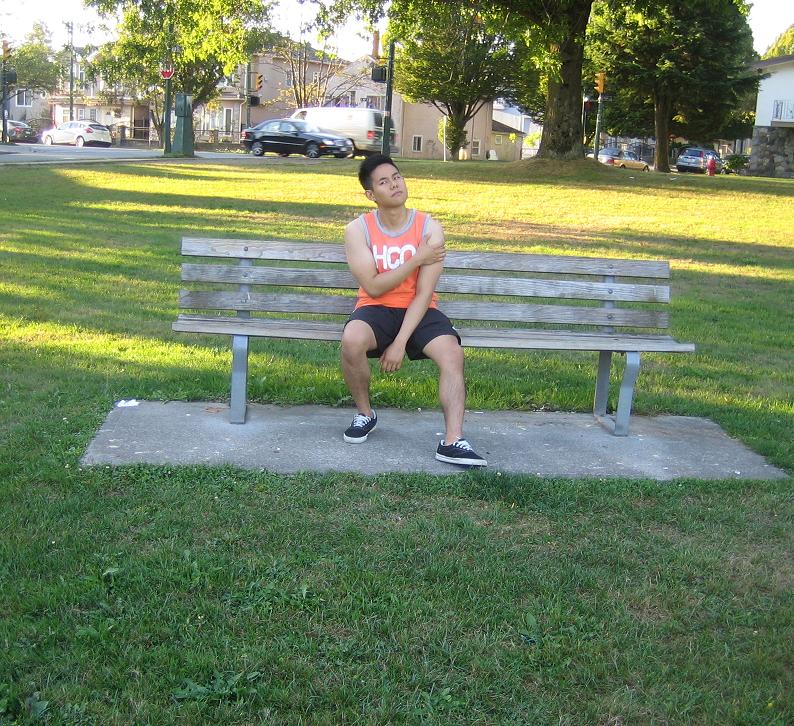What is a muscle strain?
A muscle strain happens when the muscle fibers are stretching or tearing. The majority of muscles strains occur for one or two reasons; either the muscle has extended father then its limits or it has been constrained to strongly. In minor cases, there are not so many muscle fibers that are torn or stretched, and the muscle stays together and strong.
Types

In worse cases, though, the strained muscle may be unable to function probably because it is torn. To help make diagnosis and treatment simple, Doctors usually categorize muscle strains into three grades, based on the severity of the muscle fiber damage:
Grade I strain. In this minor strain, not all muscle fibers are stretched and torn. In spite of the injured muscle being sore and painful, it has regular strength.
Grade II strain. This moderate strain has a bigger number of injured fibers with worse muscle pain and tenderness. There is also some minor swelling, conspicuous, decrease in strength and occasionally some bruising.
Grade III strain. This strain rips throughout the muscles often causing a “pop” as the muscle is divided into two separate pieces or moves away from its tendon. Grade III strains are critical injuries that cause total loss of muscle mobility, as well as a lot of pain, tenderness, swelling and discoloration. Because Grade III strains sometimes cause a small break in the regular outline of the muscle, There may be a noticeable “dent” or “gap” beneath the skin where the torn pieces of muscle have come separated.
Symptoms
The symptoms of muscle strain are:
- Tenderness and muscle pain particularly, after you have done an activity that expands or rapidly contracts the muscle. The pain normally gets worse when you move the muscle but is better when you rest the muscle.
- A pop in the muscle when you have an injury.
- Muscle discoloration or swelling or sometimes both.
- Either a loss in muscle strength or (in Grade III strains) a total loss of muscle function.
- Muscle spasms or cramps.
- A dent or gap, or other deficiency in the regular outline of the muscle (in Grade III strain).
Prevention
Ways to help prevent muscle strains:
- Warm up before you participate in any activities or sports.
- Follow an exercise program that is focused on strengthening and stretching your muscles.
- Make your training program more intense slowly. Don’t exercise beyond your limits, too soon.
- Keep a healthy body weight, when you are obese you can stretch muscles, mainly in your leg and back.
- Practice great disposition when you sit down or stand.
- Use the correct method when you pick up heavy loads.
Treatment
If you are suffering from a Grade I or Grade II strain, your physician will suggest you follow the RICE rule:
- Rest the muscle that is injured ( and take a little break from participating in sports activities).
- Ice the damaged area to decrease swelling.
- Compress the muscle with a bandage.
- Elevate the injured tissue.
Related Video On Muscle Strain
FACT CHECK
https://www.healthline.com/health/strains
https://www.webmd.com/fitness-exercise/guide/muscle-strain#1
https://physioworks.com.au/Injuries-Conditions/Regions/muscle-pain-injury-strain-tear-pulled-muscle

